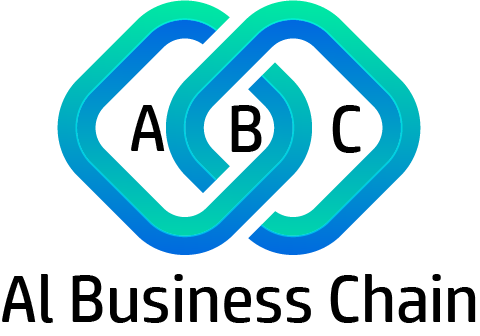keeping sensitive information secure is every organization’s prerogative. Whether it is on premise or on the cloud, ABCTrading’s Data Center portfolio helps you understand where your sensitive data should be located and how to intelligently protect it.
Drivers:
There are several business drivers for networking technology, including:
Cost savings: One of the primary business drivers for networking technology is cost savings. By using networking technologies to streamline operations, reduce downtime, and increase efficiency, businesses can save money on hardware, software, and maintenance costs.
Improved productivity: Networking technology can enable employees to work more efficiently by providing access to data, applications, and other resources from anywhere at any time. This can help to improve collaboration, communication, and productivity.
Competitive advantage: Networking technology can help businesses gain a competitive advantage by enabling faster, more efficient communication and collaboration with customers, partners, and suppliers.
Scalability: As businesses grow and their networking needs change, networking technology can provide the scalability needed to support growth and expansion.
Security: Networking technology can help businesses protect their sensitive data and prevent cyber-attacks by providing advanced security features and protocols.
Compliance: Networking technology can help businesses comply with regulatory requirements by providing the necessary controls and auditing capabilities.
Customer satisfaction: Networking technology can improve customer satisfaction by providing faster, more efficient service and support.
Networking Technologies:
Data center technologies refer to the hardware and software components used in the construction and operation of a data center. Some of the key technologies used in data centers include:
- Routing Systems
- Switching systems
- Wireless Systems
- Security Systems
Networking Solutions:
- Hyperconverged infrastructure (HCI): An integrated system that combines compute, storage, and networking resources in a single appliance, which can simplify data center management and reduce costs.
- Artificial intelligence (AI) and machine learning (ML): These technologies are increasingly being used to automate data center operations and optimize resource allocation.
- Edge computing: A distributed computing model that brings compute and storage resources closer to the end-users and devices, which can reduce latency and improve performance for real-time applications.
- Containerization: A lightweight and portable way to package and deploy applications, which can increase efficiency and flexibility in the data center.
- Data center infrastructure management (DCIM): A software-based solution that provides real-time monitoring and management of data center resources, which can optimize performance and reduce costs.
- Hybrid cloud: A combination of private and public cloud infrastructure that can provide greater flexibility, scalability, and cost-effectiveness.
- Composable infrastructure: An architecture that allows data center resources, such as compute, storage, and networking, to be dynamically allocated and reconfigured based on application requirements.
- Data center infrastructure management (DCIM): A software-based solution that provides real-time monitoring and management of data center resources, which can optimize performance and reduce costs.


